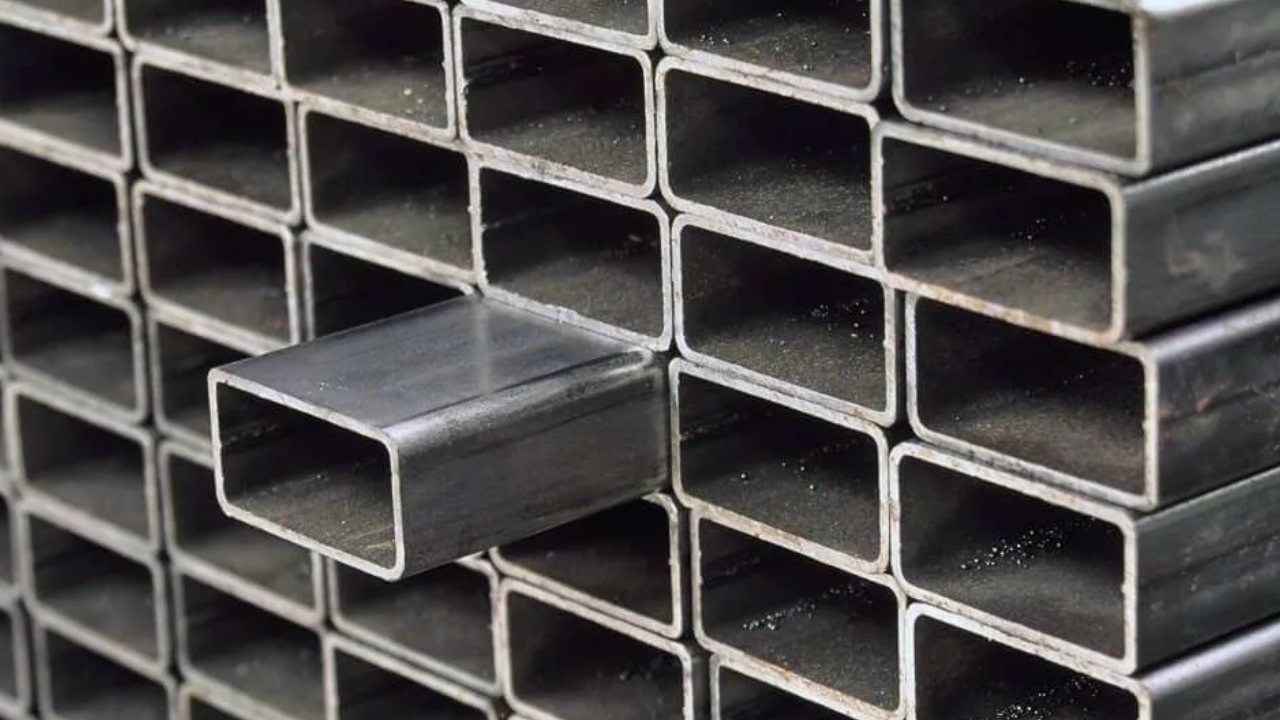Elbows alternate the path of the pipe, which is crucial in routing pipes round barriers. Tees are used to create department connections, allowing multiple pipes to join at a single point. Couplings connect two pipes cease-to-quit, even as reducers allow for a trade-in pipe diameter, adapting to various waft requirements.
Their versatility allows for the efficient and at-ease connection of pipes in numerous configurations, accommodating changes in direction, size, and flow. Commonplace sorts consist of elbows, tees, couplings, and reducers, each serving unique features. The popularity of different types of pipe fittings is driven by their ability to enhance the capability and reliability of piping systems throughout numerous sectors, including water supply, oil and gas, and HVAC structures.
Different Types of Pipe Fittings’ Effects on Piping Systems’ Performance
See the details below:
Flow Efficiency and Pipe Fittings
The flow efficiency of a piping system is notably encouraged by the variety of pipe fittings used. Elbows and tees, which alter the direction of flow, can introduce turbulence and pressure drops, reducing performance. Nicely designed reducers make certain smooth transitions among specific pipe sizes, minimizing flow disruptions. Fittings with sluggish bends and smooth transitions make contributions to maintaining the most reliable waft fees, lowering energy losses, and enhancing general system performance. Efficient fittings are critical for attaining excessive flow and pressure efficiency and minimizing operational costs.
Impact on Pressure and Stress Distribution
Pipe fittings impact strain and pressure distribution inside a piping device by introducing adjustments in direction and pipe length. Elbows and tees can create localized strain concentrations, doubtlessly leading to wear and failure if no longer designed well. Reducers, alternatively, help manipulate strain adjustments while transitioning between special pipe diameters, decreasing pressure in the system. Making sure that fittings are rated for operating pressures is essential for preserving structural integrity and stopping leaks or ruptures.
Structural Integrity and Reliability
The structural integrity and reliability of a piping device are significantly influenced by the choice of pipe fittings. Fittings have to be made from substances compatible with the pipes and conveyed fluids to keep away from issues like corrosion or thermal expansion. Right pressure rankings and sturdy creation are crucial to facing operational stresses. Well-selected and successfully installed fittings maintain the machine’s structural stability, save you from leaks, and ensure long-term reliability, decreasing the hazard of failures and extending the system’s operational lifespan.
Maintenance and Longevity
Pipe fittings play an important role in preservation and toughness by facilitating easy access and lowering wear. Fittings like flanges and valves allow for honest inspection and repairs, minimizing downtime. Long-lasting substances, including stainless steel, enhance the lifespan of fittings by resisting corrosion and wear. Regular preservation is critical to pick out and deal with capacity issues before they cause failures. Fantastic, nicely-maintained fittings make contributions to the overall toughness and reliability of the piping system, ensuring long-term performance
Effect on System Efficiency
Pipe fittings significantly affect system efficiency using influencing glide dynamics and energy intake. Efficient fittings, consisting of people with clean transitions and gradual bends, minimize turbulence and stress losses, promoting the highest quality drift fees. Properly sealed and installed fittings prevent leaks, which could reduce system effectiveness and increase operational expenses. By way of lowering friction and maintaining constant glide, exceptional fittings beautify the general performance of the piping device, leading to lower energy intake and stepped-forward overall performance.
Adaptability and Flexibility
Pipe fittings affect the adaptability and versatility of a piping machine by making an allowance for modifications and expansions. Fittings like flanges enable easy disassembly and reconfiguration, accommodating changes in the system’s layout or function. Versatile fittings designed for diverse fluid types and pressures assist system modifications without compromising overall performance. This pliability is important for evolving operational wishes and protection, ensuring that the piping device can be updated or accelerated even while maintaining reliability and performance.
Impact on Safety
Pipe fittings have a substantial effect on protection with the aid of making reliable and secure connections inside the piping system. Well-chosen and installed fittings prevent leaks, which can pose severe dangers. Additionally, fittings rated for the device’s stress and temperature conditions help avoid catastrophic failures. Normal upkeep and inspection of fittings are vital to pick out capability issues early, ensuring that the system operates appropriately and correctly, thereby protecting employees and preventing environmental harm.
Conclusion
The selection and layout of pipe fittings have a profound effect on the performance and reliability of a piping system. From flow efficiency and pressure performance and strain distribution to preservation and protection, every fitting kind plays a role within the system’s normal effectiveness. Understanding those influences and choosing the proper fittings, possibly enhance the performance, reliability, and toughness of a piping system.

